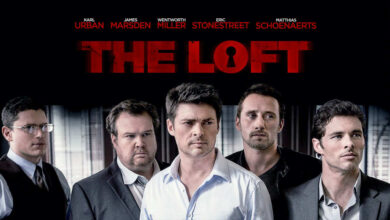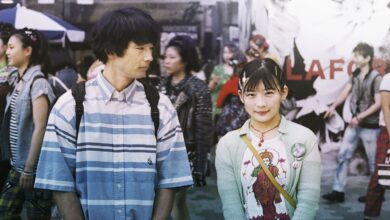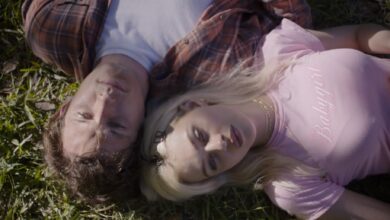Maleficent 3: The Black Fairy – A Darker Destiny Unfolds

In an era where fairy tales are no longer just stories for children, Maleficent 3: The Black Fairy lands as a stunning culmination of Disney’s most ambitious reimagining yet. Directed by Joachim Rønning, this third chapter expands the mythos of Maleficent beyond the boundaries of “Sleeping Beauty,” plunging deep into the origin of dark magic and the cost of defying fate.
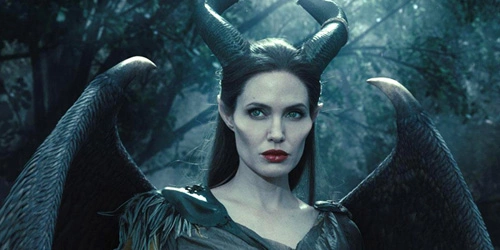
A Tale Woven in Shadows and Light
The film picks up several years after the events of Maleficent: Mistress of Evil. Peace has returned to the Moors, and Queen Aurora rules with a compassionate heart. Maleficent, now a legendary figure in both human and fae realms, seeks solace in isolation — until a new darkness rises: the Black Fairy, an ancient sorceress long thought banished from the realms.

The Black Fairy, once Maleficent’s guardian and mentor, returns with a vengeance, wielding forbidden magic that threatens not just Aurora’s kingdom, but the entire balance between light and shadow. Her mission is rooted in betrayal and twisted love — to reclaim the throne of darkness, and to force Maleficent to embrace her “true” nature.
Angelina Jolie: Regal, Raw, and Riveting
Once again, Angelina Jolie commands the screen with elegance and emotional gravity. Her portrayal of Maleficent is sharper, more introspective — the layers of her character are stripped bare as she confronts the deepest scars of her past. In contrast, Michelle Pfeiffer’s Queen Ingrith is absent, allowing space for newcomer Eva Green to shine as the Black Fairy — her performance haunting, magnetic, and deliciously villainous.

Elle Fanning returns as Aurora, more resolute and mature. She serves not as a damsel, but as a bridge between worlds. Her relationship with Maleficent is the soul of the film — a bond forged through pain, sacrifice, and unwavering love.
Themes: Redemption, Legacy, and the Power of Choice
What elevates Maleficent 3 beyond its visual spectacle is its emotional core. The film dives into Maleficent’s origin, her lineage, and the meaning of family — both chosen and inherited. It asks poignant questions: Can darkness be inherited? Or is it a choice? Is redemption ever truly complete?
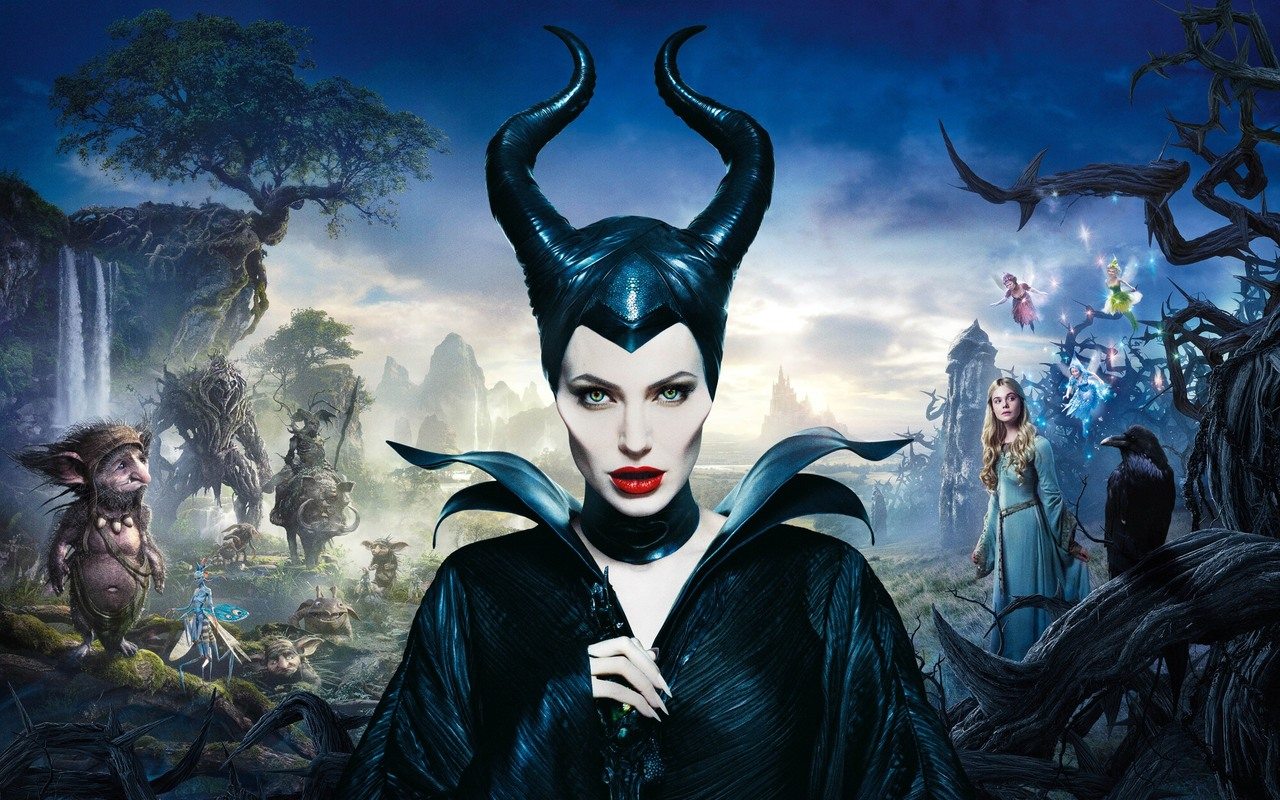
There is a tragic poetry in the narrative — of mothers and daughters, of power and identity, of forgiveness that comes at the edge of war. The climax — a thunderous battle between Maleficent and the Black Fairy amidst the ruins of an ancient fortress — is both epic and intimate, echoing the inner war Maleficent has fought since the beginning.
A Stunning Farewell… or a New Beginning?
Visually, The Black Fairy is a feast. Rønning embraces a darker, gothic aesthetic, blending ethereal magic with the brutality of ancient sorcery. The score by Geoff Zanelli is sweeping and mournful, weaving familiar motifs with new, darker compositions.

As the credits roll, the final scene leaves a subtle whisper: “All stories end, but legends… they transform.” Whether this is the last flight of the Dark Fae or a doorway to more tales remains to be seen.
What is certain: Maleficent 3 cements the trilogy as a defining chapter in modern fantasy cinema — a story that dared to ask, What if the villain was the most human of them all?


